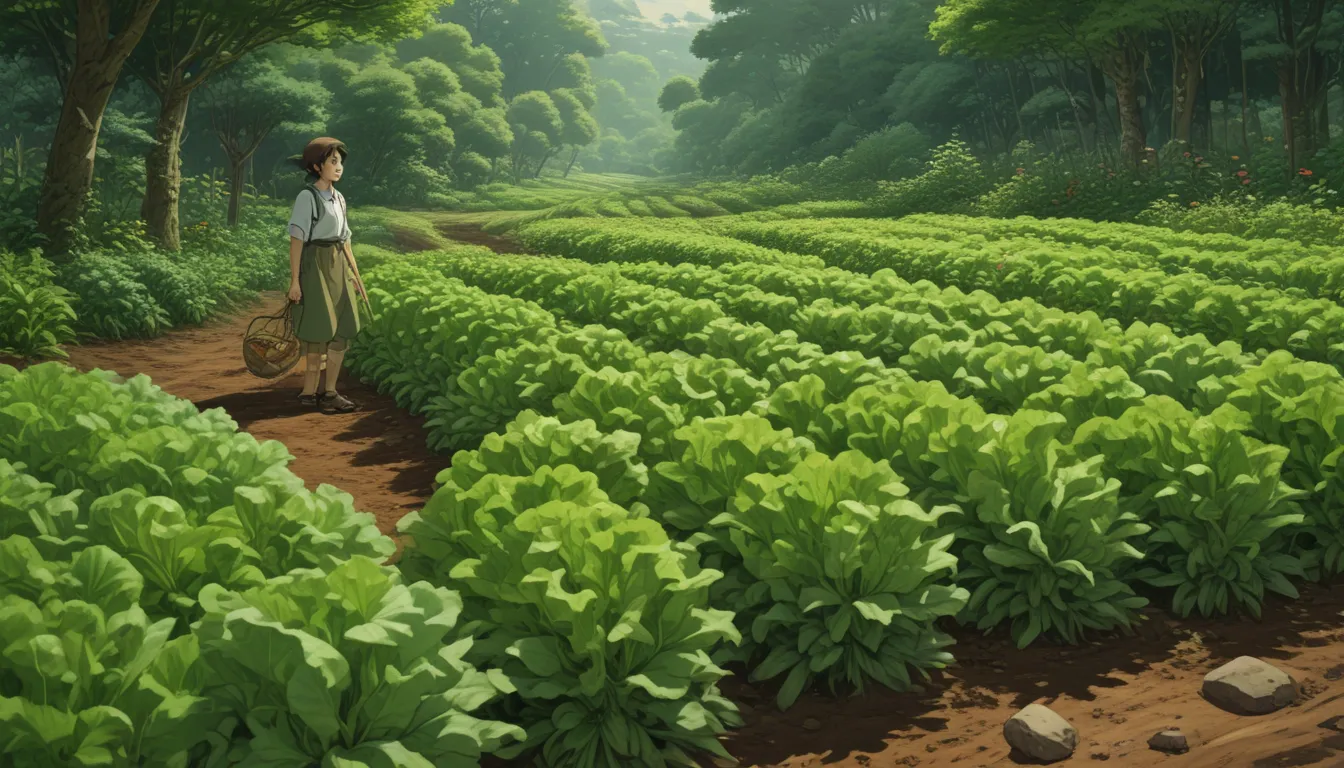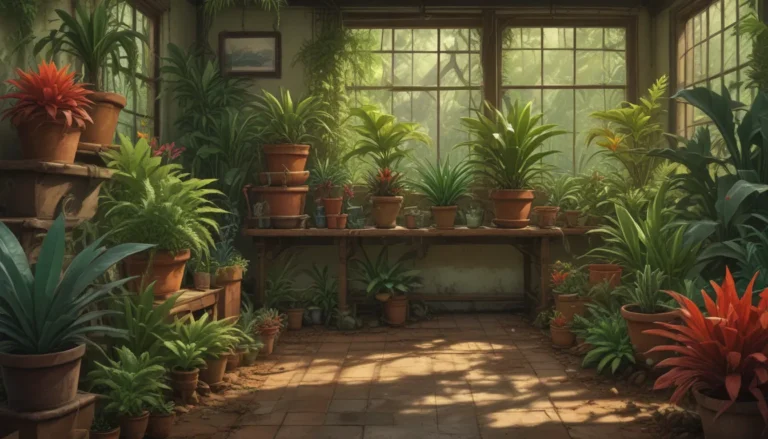Preventing Bitter Lettuce: Unraveling the Mystery and Ensuring a Delicious Harvest

If your homegrown lettuce is bitter, it’s a real disappointment. Nothing ruins a fresh, crisp salad like an unexpected bitter bite. But fear not, with a bit of knowledge and some preventative measures, you can transform your lettuce from bitter to delicious.
In this comprehensive guide, we will delve into the reasons why homegrown lettuce becomes bitter and how you can prevent it. From environmental conditions to nutrient deficiencies, we will cover it all. So let’s get started!
The Top 3 Reasons for Bitter Lettuce
- Environmental Conditions
- Not Enough Nutrients
- Aster Yellows
Environmental Conditions
The primary reason for lettuce becoming bitter is bolting. Bolting occurs when the plant shifts its focus from leaf production to flowering, resulting in bitter-tasting leaves. Environmental conditions such as hot weather or dry spells can accelerate this process, turning your sweet lettuce into a bitter disappointment.
To prevent bolting, consider the following tips:
– Plant bolt-resistant varieties like Deer Tongue, Ruby, or New Red Fire.
– Plant in part shade to protect from excessive heat.
– Start early with transplants or seeds indoors to beat the heat.
– Mulch and water consistently to maintain moisture levels.
– Consider succession planting for a continuous supply of fresh lettuce.
Not Enough Nutrients
Nutrient deficiencies, especially nitrogen, can cause lettuce to grow slowly and turn bitter. To prevent this, ensure your soil is rich in nutrients by:
– Amending with composted manure before planting.
– Side-dressing with a high-nitrogen fertilizer throughout the season.
– Planting nitrogen-fixing crops like beans as companions.
Aster Yellows
Aster yellows, a disease caused by phytoplasmas transmitted by leafhoppers, can also lead to bitter lettuce. While there is no cure for aster yellows, you can prevent it by:
– Planting resistant varieties.
– Removing diseased plants promptly.
– Eliminating leafhoppers to prevent disease spread.
Can You Fix Bitter Lettuce?
While it’s tempting to salvage bitter lettuce, the effort may not be worth the reward. Rather than struggling with bitter greens, consider replanting for a fresher harvest. If the bitterness is mild, you can try soaking the leaves in a baking soda solution or incorporating them into mixed greens to mask the taste.
For a more immediate solution, consider growing quick-producing microgreens to satisfy your lettuce cravings in just a few days.
Wrapping Up
Homegrown lettuce should be a delightful addition to your meals, not a source of bitterness. By understanding the reasons behind bitter lettuce and taking proactive measures, you can ensure a bountiful harvest of fresh, tender greens.
Whether you’re battling bolting, nutrient deficiencies, or disease, the key is prevention. With the right knowledge and strategies, you can enjoy a steady supply of delicious lettuce from your garden to your table.
If you’ve dealt with bitter lettuce in your garden, share your tips and experiences in the comments below. Our experts are here to answer any questions and help you on your journey to a successful lettuce harvest.
And for more lettuce-related guides and information, check out our additional articles on planting and growing leaf lettuce, the best lettuce varieties for your garden, and protecting lettuce from frost. Happy gardening!





